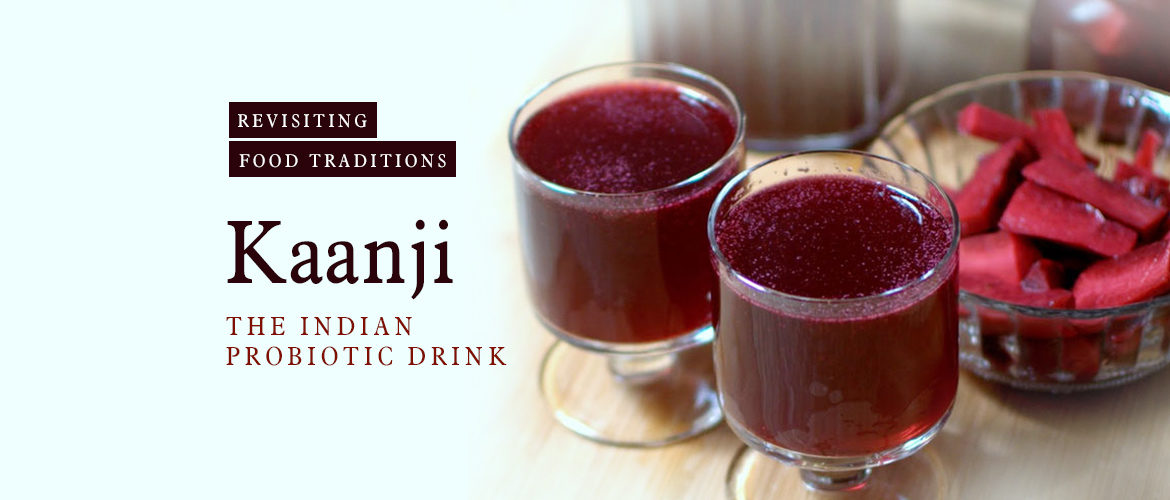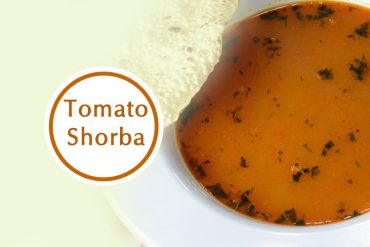Every year, before holi, the earthern pot put out in the sun was always enticing and I could hardly wait for the contents to be served. When the wait finally got over, the joy of having the sour, salted beverage was out of the world. None of the available, ready to drink beverages that adorn the superstore shelves these days, can match the benefits and the punch of flavours packed in that earthern pot. Yes, I am referring to the KAANJI!
I have followed this tradition after my marriage and that pot of kanji, kept out in the sun, refreshes my childhood memories. Kaanji is a fermented drink without which no Holi party could be complete in the North of India. It has a strong, pungent and tangy taste that I absolutely adore.
There is a definite science behind its consumption. Usually holi brings the turn of the season and the weather plays spoilsport by shuffling between hot and cold. This tends to bring down our immunity and makes us susceptible to various ailments. Kaanji being a probiotic drink improves the gut health and also helps cure various ailments like cough, weakness in the joints, bloating etc.
Making Kaanji is a very simple process and uses very few ingredients. It is traditionally made from either mustard seeds or from red carrots. But if red carrots are not available one can use regular carrots and add beetroot for achieving the characteristic colour. Ground mustard seeds provide the typical sourness while spices like hing (asafetida), laal mirch and kala namak are added to balance the kanji and aid in digestion also. Check out the Kaanji recipe in the Healthy recipe section. Gajar ki Kaanji does not have a very long shelf life. Refrigeration will slow down the fermentation process, but after about 7 to 10 days, the taste will no longer be appealing. So, consume within that time.
Kaanji should always be cured in an earthern pot, glass or a ceramic jar. Do not keep in steel or other metal jars as it tends to spoil the kanji and can at times make it toxic too.
DCN TIP
It is important to keep the Kaanji in the sun as it kickstarts the fermentation process and allows for the probiotic to be formed.




